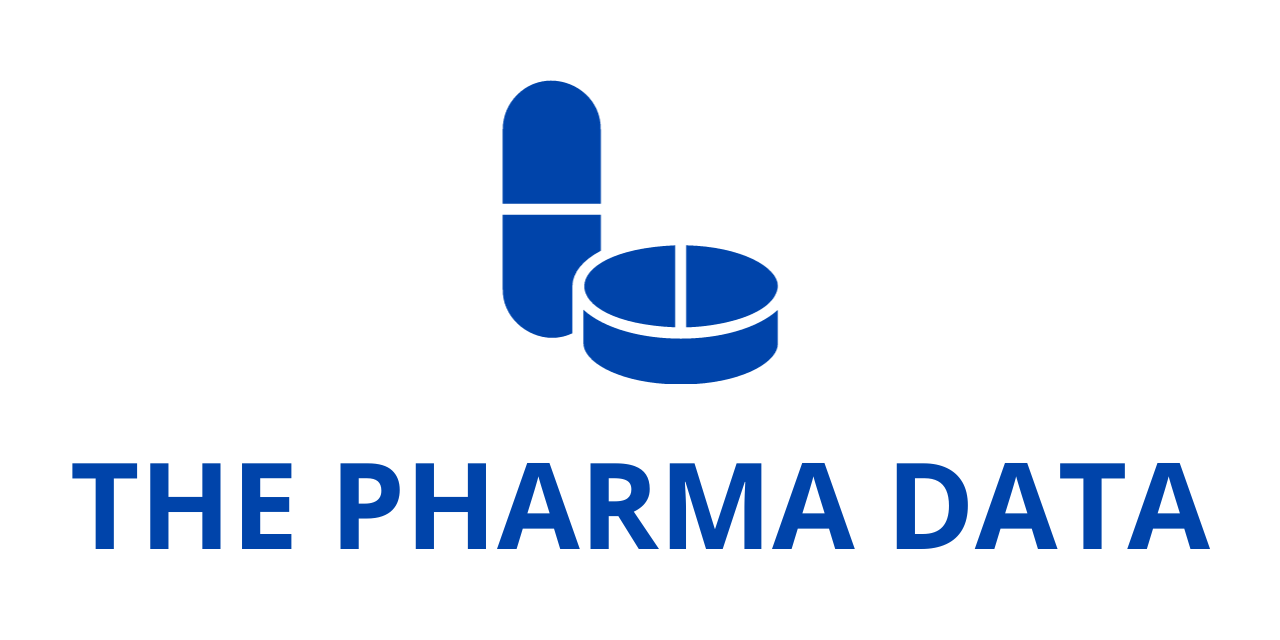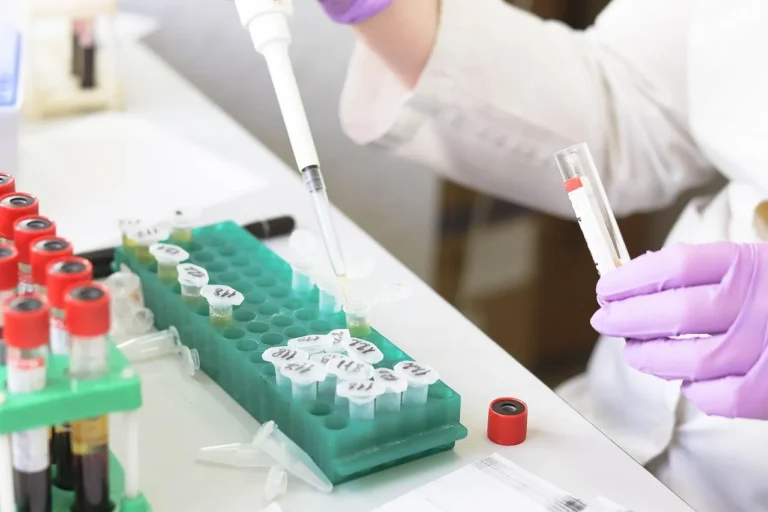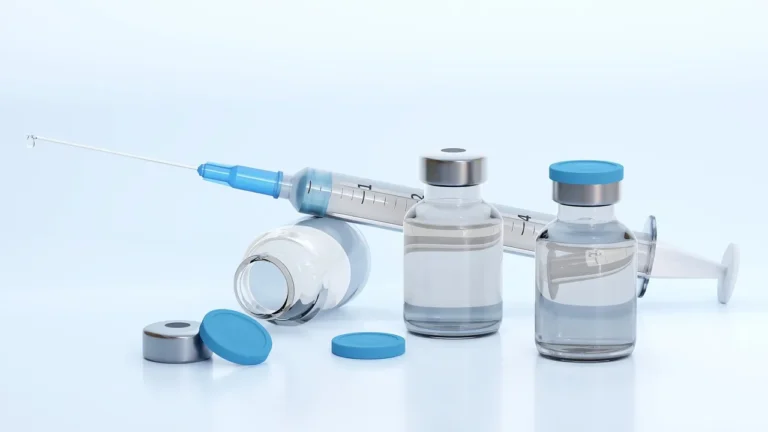
Lilly’s RNA Silencer Achieves Nearly 94% Reduction in Key Cardiovascular Biomarker
Eli Lilly has made a groundbreaking advancement in cardiovascular medicine with its investigational small interfering RNA (siRNA) therapeutic, lepodisiran, which demonstrated a remarkable ability to reduce lipoprotein(a) [Lp(a)] levels by nearly 94%. The results, derived from the Phase II ALPACA study, were unveiled at the American College of Cardiology 2025 Scientific Sessions, providing a promising outlook for this potential treatment.
The study, which has garnered significant attention in the cardiovascular research community, could potentially position lepodisiran as one of the most durable and effective treatments in the rapidly evolving Lp(a) therapeutic space. Lp(a) is a known independent risk factor for cardiovascular diseases such as heart attack and stroke. Elevated Lp(a) levels are often resistant to conventional therapies, making the approval of new treatments a major milestone in cardiovascular medicine.
ALPACA Study Overview and Results
The ALPACA study was a randomized, double-blind, placebo-controlled trial involving 320 patients who had elevated Lp(a) levels. These patients are at an increased risk of experiencing cardiovascular events, as high Lp(a) concentrations are associated with a greater risk of atherosclerosis and thrombotic events. The trial evaluated the effects of three different doses of lepodisiran—16 mg, 96 mg, and 400 mg—administered initially and after 180 days. Lp(a) serum levels were assessed at various intervals between 60 and 180 days after treatment.
The results, which were simultaneously published in The New England Journal of Medicine, demonstrated the significant potency of lepodisiran in reducing Lp(a) levels. The 400 mg dose achieved an impressive 93.9% reduction in Lp(a), with the 96 mg and 16 mg doses producing reductions of 75.2% and 40.8%, respectively. These results were striking, especially when considering the complexity of targeting Lp(a), a genetically determined lipoprotein that has proven difficult to manage with traditional therapies.
Furthermore, lepodisiran showed durability in its effects over time. The 400 mg dose resulted in a continued 94.8% reduction in Lp(a) levels from day 30 to day 360. Even more notably, Lp(a) concentrations remained significantly lower than baseline levels for extended periods—91% below baseline at 360 days and 74.2% lower at 540 days. This prolonged effect further underscores the potential of lepodisiran as a long-term treatment option for patients with elevated Lp(a).
A Competitive Edge in the Lp(a) Therapeutic Space
The approval of lepodisiran, if it reaches the market, would place Eli Lilly in direct competition with several other biopharmaceutical companies working on lowering Lp(a) levels. Analysts from BMO Capital Markets expressed optimism about the promising data from the ALPACA trial, noting that the results position lepodisiran as a potentially leading therapy in the field.
One of the key differentiators for lepodisiran is its dosing schedule. The ALPACA study demonstrated the feasibility of administering the drug once every six months, a significant advantage over other Lp(a)-lowering treatments. For RNA comparison, Ionis Pharmaceuticals and Novartis’s antisense oligonucleotide therapy, pelacarsen, is administered on a monthly basis. Amgen’s olpasiran, another siRNA-based therapy, requires subcutaneous injection every 12 weeks. The extended dosing intervals of lepodisiran could potentially make it a more convenient and attractive option for patients, improving adherence and overall quality of life.
However, while these results are encouraging, BMO analysts also highlighted the need for a more developed market for Lp(a) testing and diagnosis before lepodisiran can achieve widespread commercial success. Despite the clear efficacy demonstrated in the trial, they noted that diagnostic testing for Lp(a) is still underdeveloped and could hinder the growth of the market for this novel treatment.
The Science Behind Lepodisiran

Lepodisiran is an siRNA-based therapeutic that targets the mRNA encoding apolipoprotein(a), the primary structural component of Lp(a). By silencing the gene responsible for producing apolipoprotein(a), lepodisiran effectively lowers the concentration of Lp(a) in the bloodstream, which is associated with a reduced risk of cardiovascular events. This mechanism of action offers a targeted, novel approach to managing Lp(a)-related cardiovascular risk.
In addition to the Phase II ALPACA trial, Phase I data released in November 2023 further supported the effectiveness of lepodisiran. The Phase I trial demonstrated that a 608 mg dose of the drug resulted in a 94% reduction in Lp(a) levels at 48 weeks. These results strengthened the case for lepodisiran as a potential breakthrough therapy for patients with high Lp(a).
Lilly is currently conducting the Phase III ACCLAIM-Lp(a) trial, which will evaluate the impact of lepodisiran on actual RNA cardiovascular events in patients with elevated Lp(a). The ACCLAIM-Lp(a) study is still enrolling participants, and its results will be critical in determining whether lepodisiran can not only reduce Lp(a) but also decrease the incidence of heart attacks, strokes, and other cardiovascular conditions associated with high Lp(a).
Muvalaplin: Another Key Player in Lilly’s Cardiovascular Portfolio
In addition to lepodisiran, Eli Lilly is developing another promising Lp(a)-lowering treatment, the oral drug muvalaplin. Results from a Phase II study presented in November 2024 showed that muvalaplin reduced Lp(a) by nearly 86% after 12 weeks of treatment at a 240 mg dose. This oral formulation could represent a significant step forward in providing patients with a convenient, non-injection-based treatment option for high Lp(a).
The success of muvalaplin is especially noteworthy because, if approved, it would be the first oral treatment for lowering Lp(a), a market currently dominated by injectable therapies. Lilly has expressed its intention to discuss the next steps for muvalaplin with the U.S. Food and Drug Administration (FDA), potentially paving the way for the first-ever oral Lp(a)-lowering therapy.
Market Outlook and Challenges
Despite the promising data from both lepodisiran and muvalaplin, Eli Lilly and other pharmaceutical companies working in this space still face several challenges. One of the major hurdles is the need for broader Lp(a) diagnostic testing to RNA identify patients who could benefit from these treatments. Many healthcare providers do not routinely test for elevated Lp(a), and as a result, many patients with high Lp(a) may go undiagnosed and untreated. Improving awareness of the importance of Lp(a) testing and expanding diagnostic access will be essential for creating a market for Lp(a)-lowering therapies.
Moreover, while the efficacy of lepodisiran and muvalaplin is clear, it will be important for Eli Lilly to navigate pricing and reimbursement challenges, particularly as the treatments may be costly due to their advanced technologies and development RNA processes. Pharmaceutical companies must work closely with payers to ensure that these innovative therapies are accessible to patients who need them the most.
Eli Lilly’s lepodisiran has emerged as a promising new treatment in the Lp(a) space, showing remarkable efficacy in reducing Lp(a) levels and offering the potential for long-term cardiovascular benefits. With its ability to provide durable results and a more convenient dosing regimen, lepodisiran may stand out in the competitive landscape of Lp(a)-lowering therapies.
As Lilly continues to develop its cardiovascular portfolio, the success of lepodisiran and muvalaplin will depend not only on clinical results but also on market adoption, diagnostic testing, and reimbursement strategies. If these RNA hurdles can be overcome, Lilly could help transform the treatment of cardiovascular diseases associated with elevated Lp(a), improving outcomes for patients at risk of heart attacks, strokes, and other serious cardiovascular conditions.




